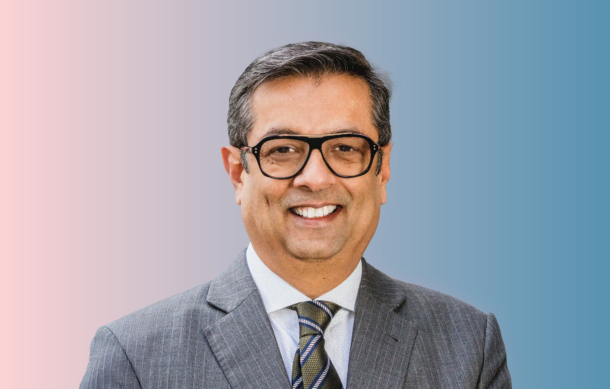Words by Isabel O’Brien
A new report has found that global childhood vaccination coverage held steady in 2024, but the World Health Organization and UNICEF warn that worrying gaps continue to stand in the way of meeting the goals set out in the ‘2030 Immunization Agenda’.
While 89% of infants received at least one dose of the diphtheria, tetanus and pertussis (DTP) vaccine last year, a staggering 14.3 million children – labelled “zero-dose” – did not receive a single dose, highlighting persistent gulfs in access, equity and communication.
This Agenda’s goal is to reduce the number of zero-dose children by 50% and achieve 90% coverage for essential childhood vaccines in every country, seeking to ensure that everyone, everywhere, at every age fully benefits from available vaccines.
The figures show only modest improvements from 2023, with around one million more children completing the three-dose DTP schedule compared to then. However, lower-income countries supported by Gavi, the Vaccine Alliance, achieved a significant reduction in un- and under-vaccinated infants.
“Vaccines save lives, allowing individuals, families, communities, economies and nations to flourish,” said Dr Tedros Adhanom Ghebreyesus, Director-General, WHO, in a press release. “It’s encouraging to see a continued increase in the number of children being vaccinated, although we still have a lot of work to do.”
The lack of progress in high- and middle-income countries remains a cause for concern. Even slight drops from previously high coverage levels can potentially lead to serious disease outbreaks, placing pressure on already overstretched healthcare systems. Only this week, Liverpool council officials in the UK urged parents to come forward if their children had not received the MMR vaccine, following a surge in measles cases in the city.
The problem of inconsistent coverage is not an isolated issue. More widely, access to immunisation remains deeply unequal. Of the 195 countries reviewed in the WHO and UNICEF report, only 17 that fell below the 90% coverage mark for DTP vaccines in 2019 have improved in the last five years, while 47 countries have seen their progress stall or worsen.
Global conflict and fragility are also compounding the disparity. Infants in 26 crisis-hit countries now represent half of all zero-dose children globally, despite making up only a quarter of the world’s infant population. Between 2019 and 2024, the number of unvaccinated children in these regions surged by 50%, from three million to over five million.
Also speaking in the press release, Catherine Russell, Executive Director, UNICEF, said: “We must act now with determination to overcome barriers like shrinking health budgets, fragile health systems along with misinformation and access constraints because of conflicts.”
The call to action is urgent, especially as the global vaccine community looks ahead to 2030. “No child should die from a disease we know how to prevent,” asserted Russell, highlighting the importance of aligning innovation with access in the mission against vaccine-preventable diseases.









